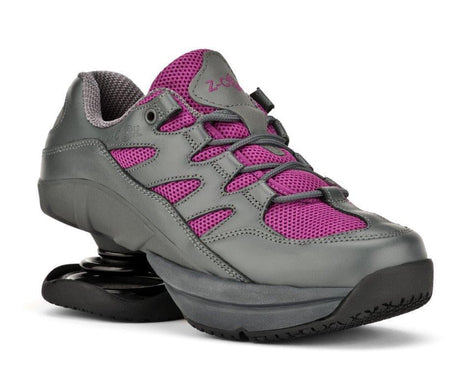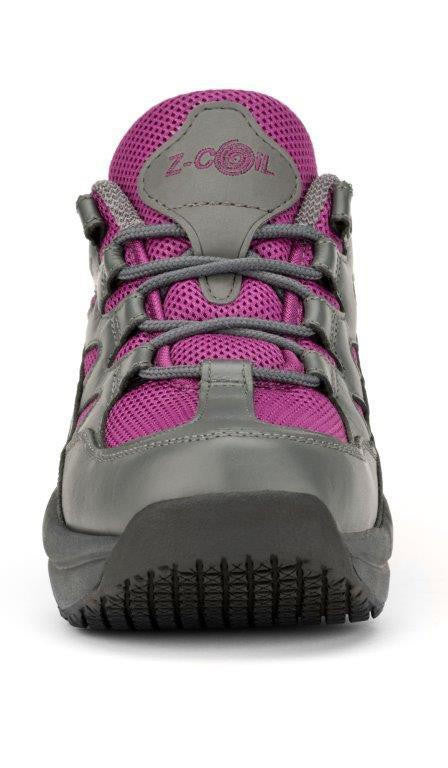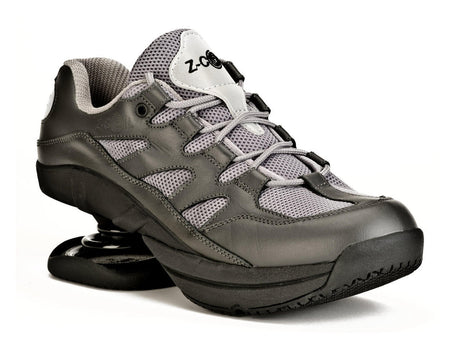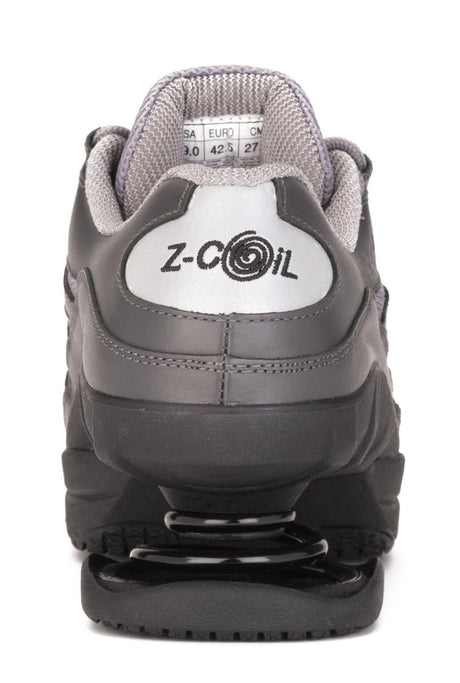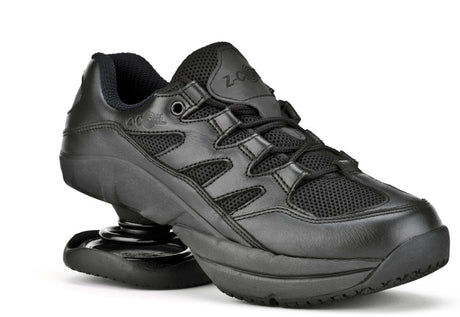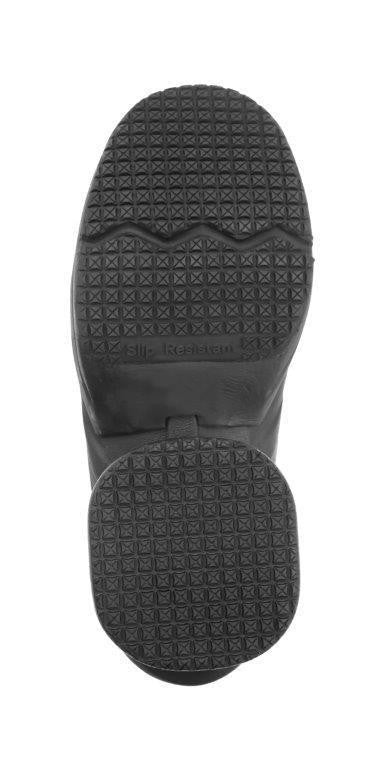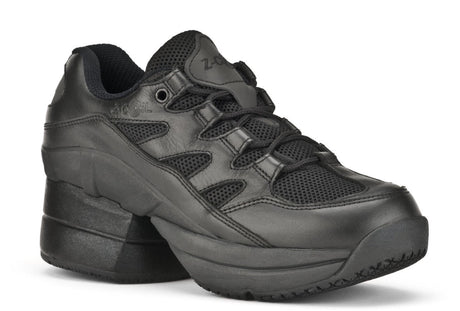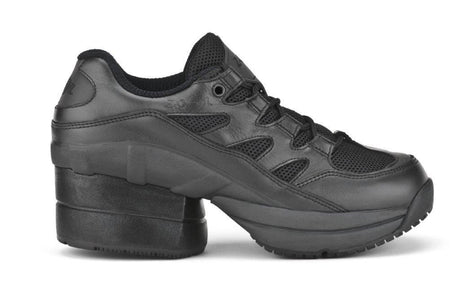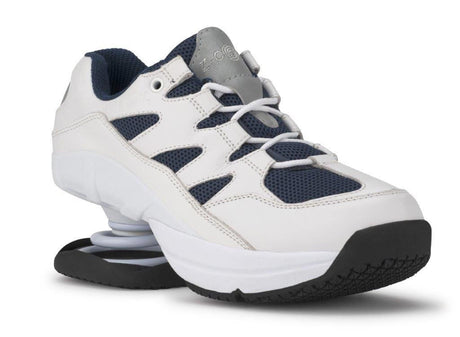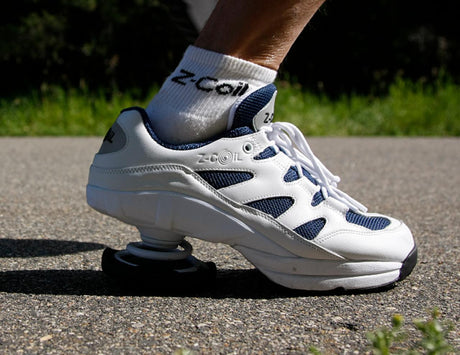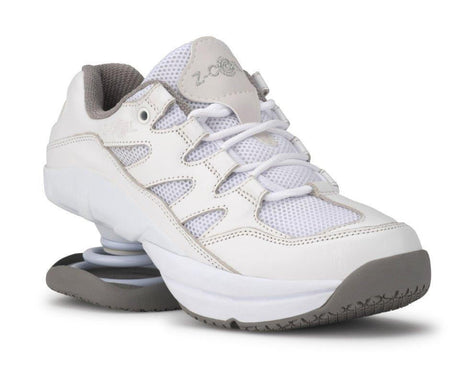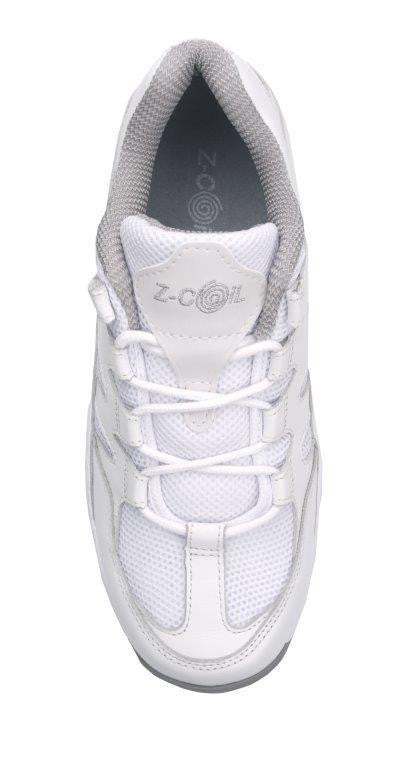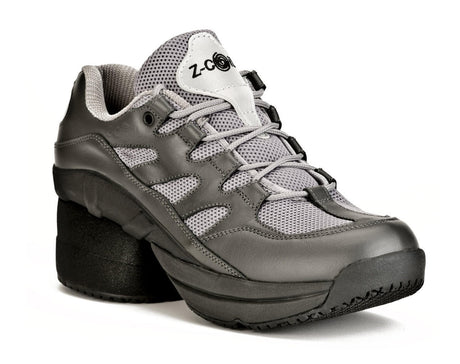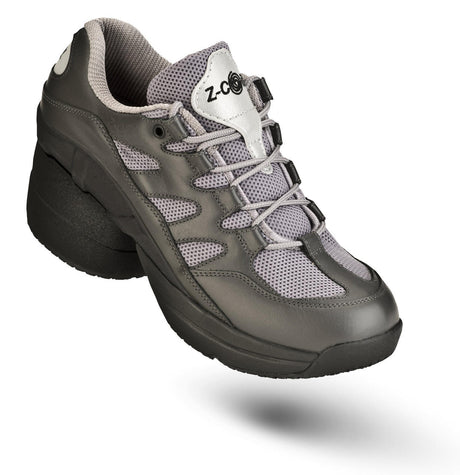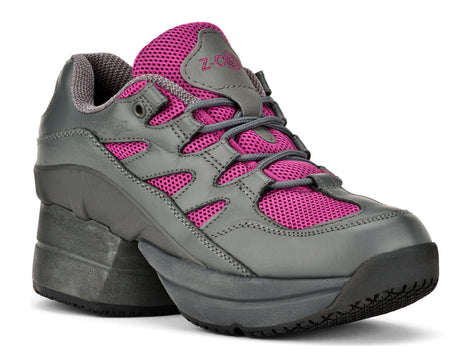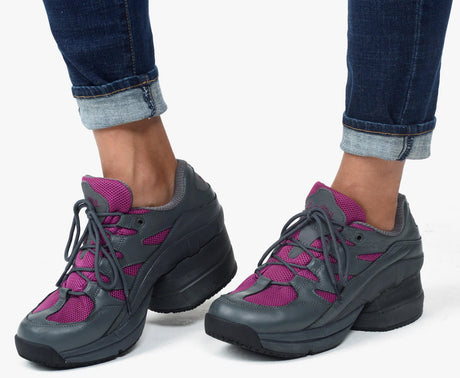For the last stop on our Tour of the Foot, we’re looking at the arch: one of the most individual and yet overlooked aspects of the foot, the arch is a huge part of determining shoe fit. Differently shaped arches also contribute to different types of injuries and foot conditions, as we’ll explore below.
Why Feet Have Arches
Arches are one of the oldest engineering tricks in the book: they’re super strong and able to support a lot of weight without requiring huge amounts of material. Cathedrals, bridges, aqueducts, and feet: they’re all arch-shaped to help efficiently support weight.
The arch of your foot is formed by the tarsal and metatarsal bones, with the heel and ball of the foot making contact with the ground at either end of the arch. The plantar ligaments help form the arch of the foot as well, as we discussed in our previous Tour of the Foot blog post. Because of the tarsal and metatarsal bones that make up the bulk of the arch, as well as the ligaments connecting them, the arch of your foot is a very strong structure. But that doesn’t mean it’s immune to injuries: foot arch pain has a number of different causes.

Arch Ouchies
Most of the problems we experience with the arches of our feet are associated with extreme arches: either much higher or much lower than average. As we mentioned, arches play a big role in determining shoe fit. In general the shoe and insole should match the shape of your unique foot. Sometimes your left foot has a different shape than your right foot – so this can be difficult.
High Arches: Feet with high arches have more flex as the foot collapses with each step. It's important to minimize the amount of flex for individuals with high arches to prevent plantar fasciitis and heel spurs. Few shoes offer arches high enough to support high arches properly.
Flat Feet. Flat feet have no arch and therefore need minimal or no arch in the shoe. Since most shoes have some type of arch this can be painful for flat feet. Therefore its critical that a shoe have a replaceable insole so you can replace it with an insole with no arch.
All arches require rigid support below an insole that matches the shape of your foot. A rigid structure is vital to reduce twisting and flexing of the plantar ligaments. You can think of this like the frame of your car. Flexible shoes commonly lead to heel spurs and plantar fasciitis and should be avoided or supplemented with a “rigid” insole.

Support Your Arches
Although the arches of your feet are designed to bear weight efficiently, the fact is that in general, modern humans are heavier and less active than our bodies were meant to be. We don’t run everywhere on soft surfaces, strengthening our foot muscles and ligaments with regular use: we’re sitting down at the computer, or standing on hard surfaces, weakening and straining the structures of the feet. That’s where Z-CoiLs come in.
Z-CoiLs are therapeutic and supportive footwear designed to support and cushion the entire foot. Z-CoiL's built-in orthotic is engineered with a built-in medium arch. This rigid plastic orthotic can be heat adjusted downward to accommodate a flat foot. It can also be raised up with the z-fit custom arch insole. The goal is to match the shape of your foot 100%. You will feel the difference immediately and experience reduced strain on the ligaments and bones of your feet.
And with our unique Z-Fit Custom Arch Insoles, you can transform even conventional shoes into supportive, custom-fitted footwear with swappable arch inserts. Give those arches a helping hand: make sure your shoes fit the way you need them to, not the way some far-off factory decided they should!

